The world of SUVs is a battlefield of specifications, where ground clearance numbers are brandished like swords in a marketing duel. While automakers obsess over millimeter differences in their brochures, the real question remains: how much does that extra 10mm actually matter when you're facing a rocky trail or a snowdrift? The answer, as any seasoned off-roader will tell you, is far more nuanced than the spec sheets suggest.
Ground clearance has become the automotive equivalent of measuring contest, with manufacturers carefully positioning their vehicles against competitors in carefully staged comparison charts. What these tables don't show is how approach angles, breakover angles, and departure angles often matter more in real-world scenarios. A vehicle might boast impressive clearance numbers but still get hung up on obstacles due to poor geometry. The Jeep Wrangler, for instance, doesn't always lead the clearance charts on paper, but its intelligent design makes it far more capable than many vehicles with theoretically better numbers.
The obsession with static measurements ignores how modern suspension systems behave dynamically. Air suspension systems can alter ride height at speed, while sophisticated traction control systems can compensate for lack of clearance by carefully managing wheel spin. Land Rover's Terrain Response system famously allows vehicles to "walk" over obstacles that would stop less sophisticated vehicles cold, regardless of their paper specifications. This technological arms race has made raw clearance numbers increasingly irrelevant for all but the most hardcore off-road applications.
Urban buyers drawn to SUVs for their commanding view of the road might be surprised to learn that excessive ground clearance comes with tradeoffs. Higher centers of gravity negatively impact handling, while the aerodynamic compromises necessary to accommodate tall ride heights hurt fuel efficiency. The Porsche Cayenne demonstrates how clever engineering can deliver respectable off-road capability without resorting to truck-like dimensions, maintaining sports car-like handling in the process. This balancing act explains why many premium SUVs offer adjustable suspension systems rather than fixed high-clearance setups.
Winter driving presents another scenario where ground clearance myths abound. While deep snow certainly benefits from higher ride height, most winter challenges involve traction rather than clearance. Subaru's symmetrical all-wheel drive system has proven this for decades, with relatively modest clearance vehicles outperforming taller competitors in snowy conditions. The key lies in weight distribution, tire selection, and drivetrain behavior - factors that receive far less marketing attention than simple underbody measurements.
Aftermarket modifications further complicate the clearance conversation. Lift kits can transform mall-crawling crossovers into semi-competent trail machines, but often at the expense of warranty coverage, ride quality, and sometimes safety. Professional off-roaders understand that true capability comes from a holistic approach encompassing tires, suspension travel, skid plates, and recovery points - not just how much air exists between the differential and the ground. The most extreme rock crawlers sometimes run surprisingly low clearance to maintain stability, relying instead on massive articulation to keep wheels planted.
Environmental considerations are beginning to reshape the clearance arms race. As emissions regulations tighten, automakers can't simply keep raising roofs and ride heights without impacting fuel economy targets. This pressure has led to innovative solutions like active aerodynamics that only increase clearance when needed, or hybrid systems that place batteries in ways that don't compromise underbody geometry. The electric Hummer's extract mode, which can raise the vehicle for obstacles then lower it for highway cruising, points toward where the technology is heading.
The truth about ground clearance is that it's just one piece in a complex puzzle of off-road capability. While manufacturers will continue highlighting these numbers in bold font, informed buyers look deeper. They understand that a well-designed vehicle with moderate clearance and intelligent systems will outperform a poorly designed one with impressive specifications every time. The numbers game continues, but the real winners are those who see beyond them.

By /Jun 15, 2025
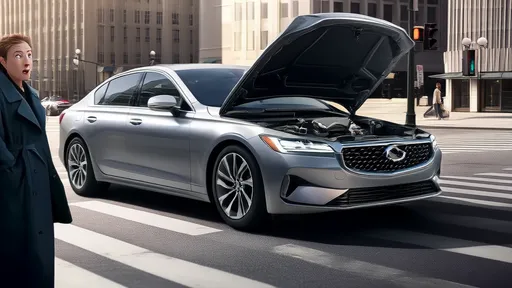
By /Jun 15, 2025
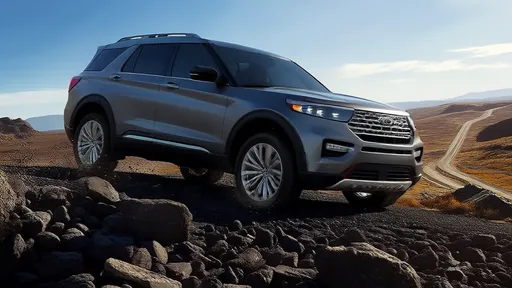
By /Jun 15, 2025

By /Jun 15, 2025
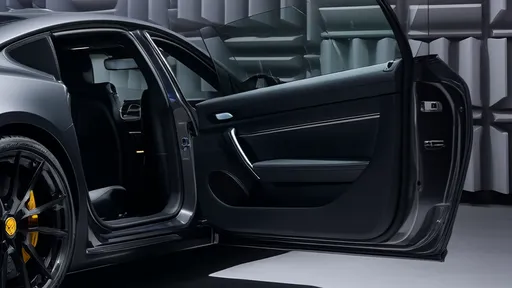
By /Jun 15, 2025
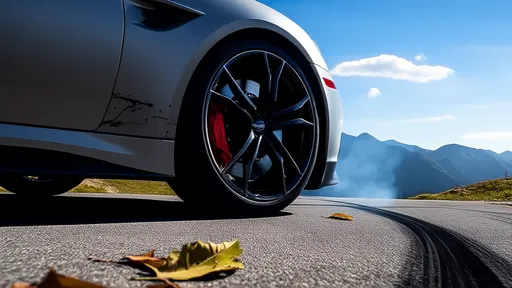
By /Jun 15, 2025

By /Jun 15, 2025
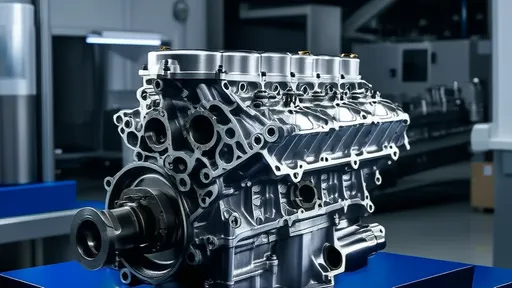
By /Jun 15, 2025
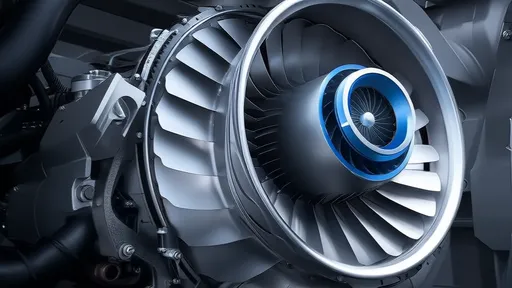
By /Jun 15, 2025

By /Jun 15, 2025
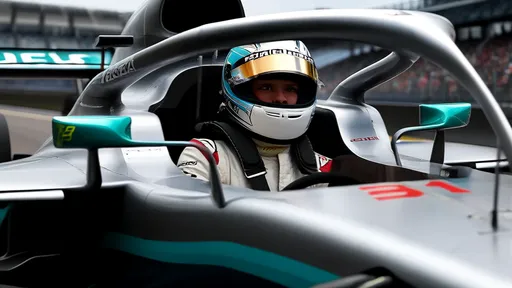
By /Jun 15, 2025

By /Jun 15, 2025

By /Jun 15, 2025
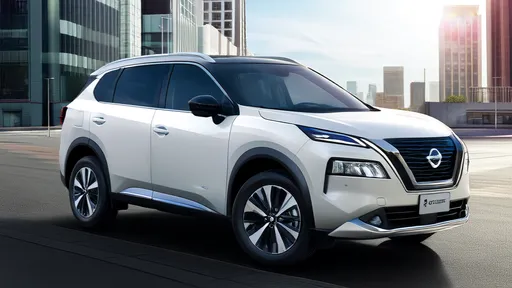
By /Jun 15, 2025
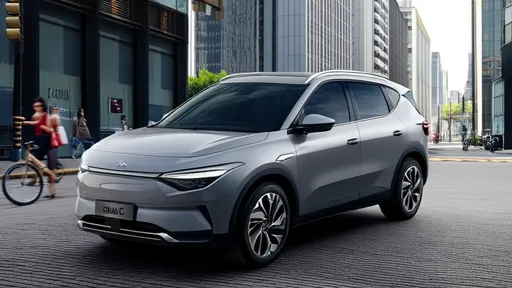
By /Jun 15, 2025
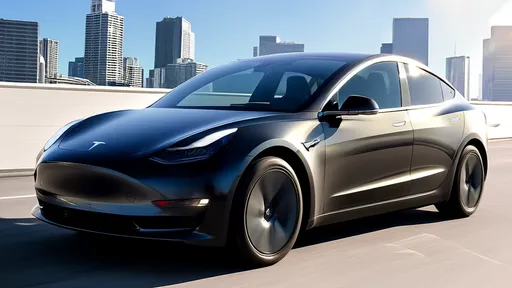
By /Jun 15, 2025